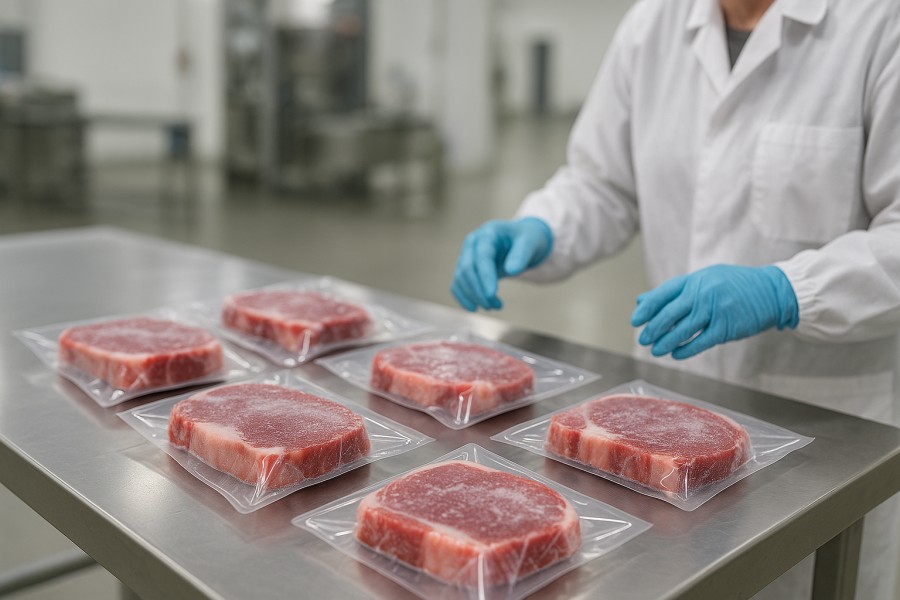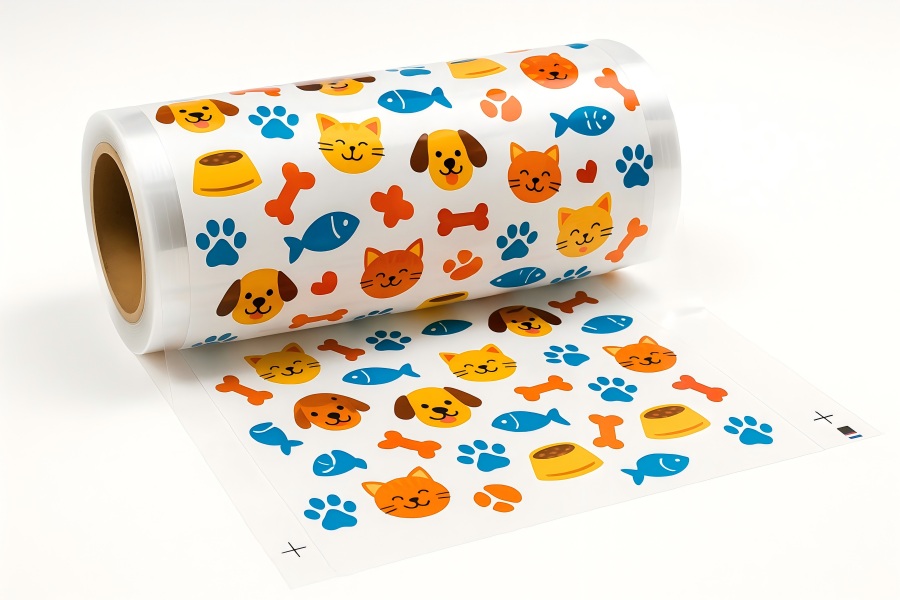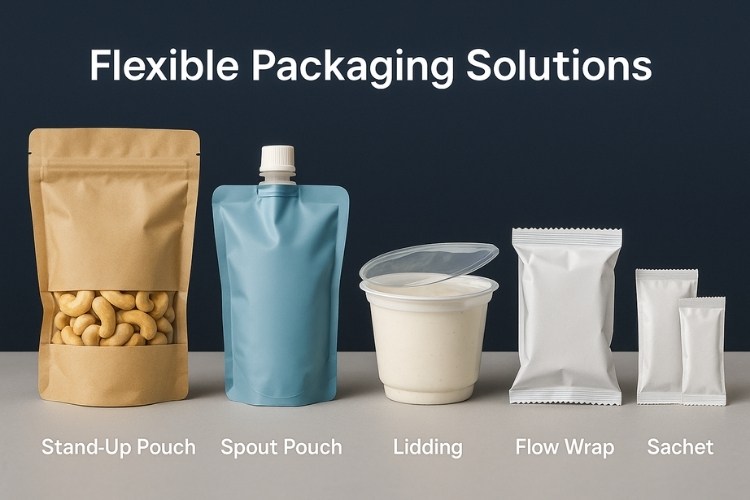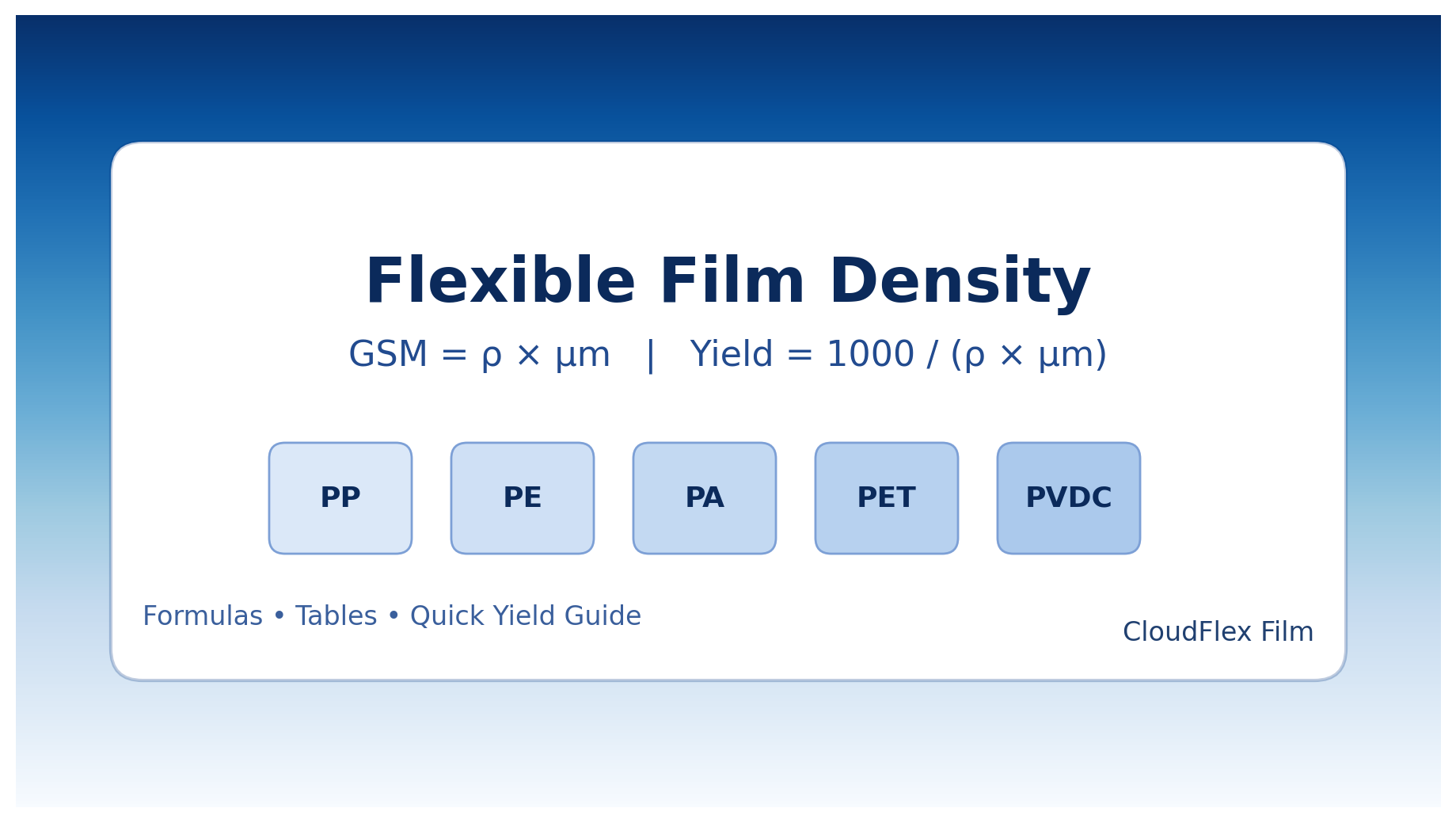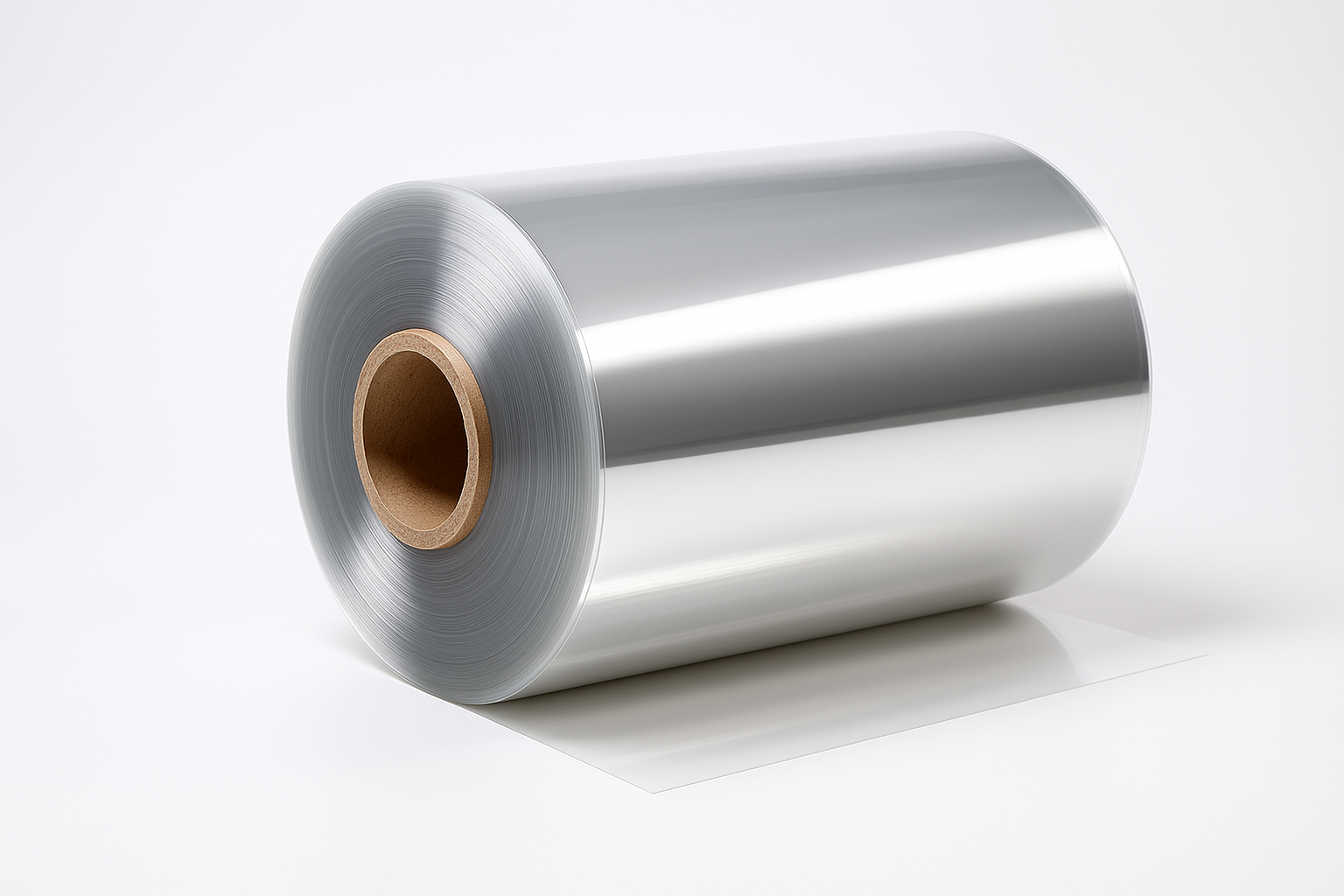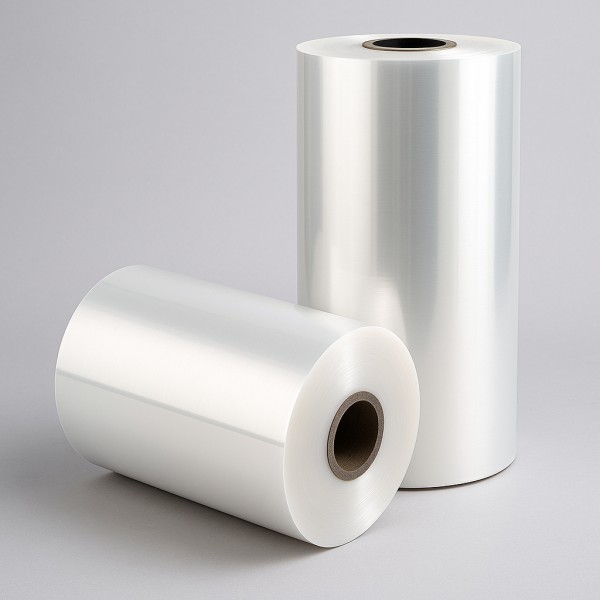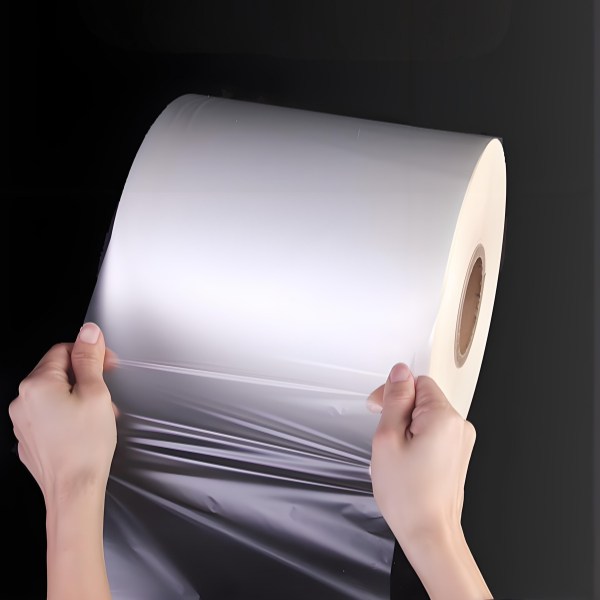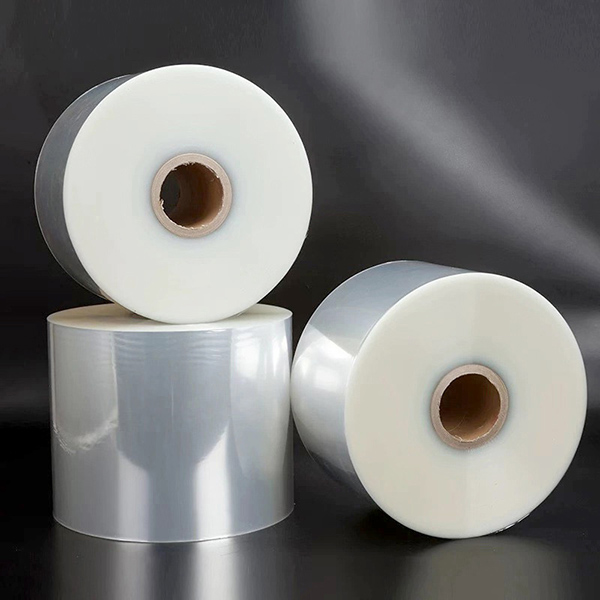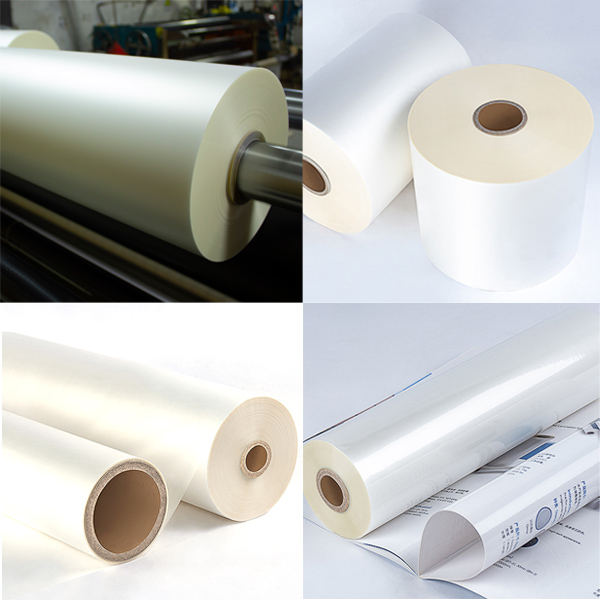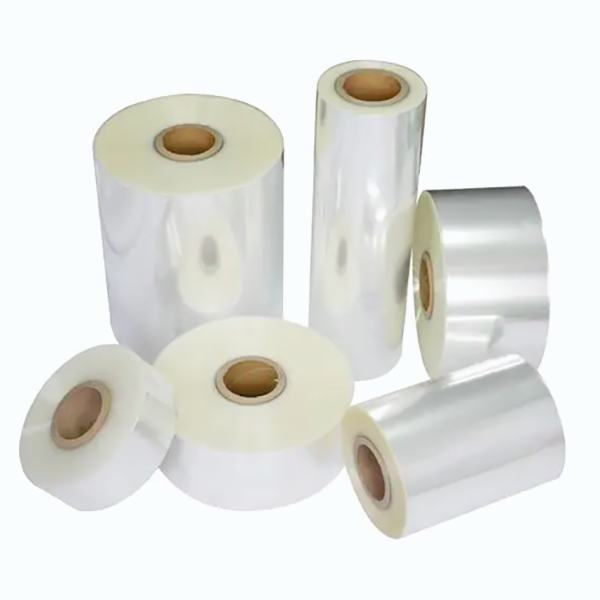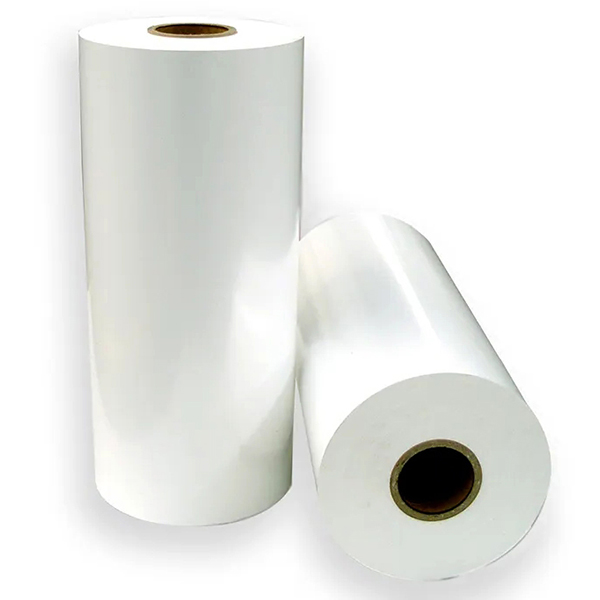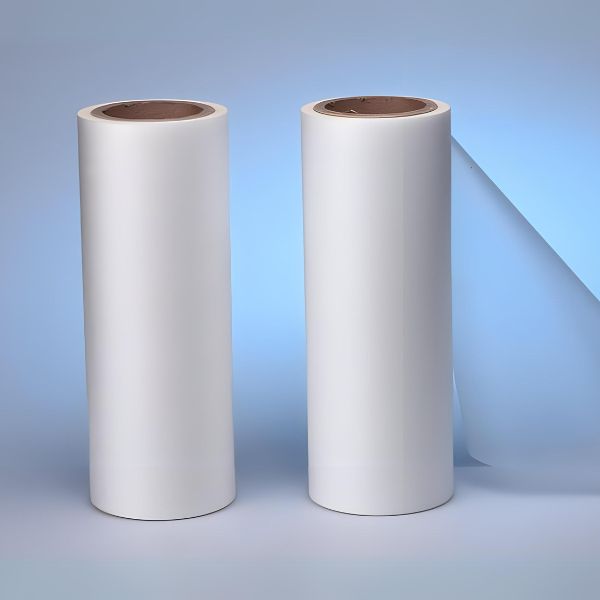Introduction: Demystifying “Grammage” and “Thickness” in Packaging Films
When selecting packaging film for your product, have you ever been confused by “grammage” and “thickness”? The key to solving this puzzle lies in a fundamental physical parameter—BOPP density. This guide will thoroughly explain BOPP density, from its basic definition to how it impacts your final product, helping you make smarter material choices.
BOPP Density at a Glance
| Item | Description |
|---|---|
| What is it? | BOPP density is the mass per unit volume of Biaxially Oriented Polypropylene film. |
| Typical Value Range | Standard range: 0.90 – 0.92 g/cm³ |
| Why is it important? | It’s the critical link between a film’s ‘grammage’ and ‘thickness’, directly affecting cost, performance, and suitability. |
What is BOPP Density?
Scientific Definition:
BOPP density refers to the mass contained in a unit volume, typically expressed in grams per cubic centimeter (g/cm³). It is an inherent property of the material and does not change with shape or size.
Chemical Basis of BOPP:
BOPP is based on polypropylene (PP), a non-polar polymer with a relatively loose molecular arrangement, which results in its naturally low density. This is why BOPP films are lightweight and transparent.
Typical Values and Units of BOPP Density
Standard Range:
The density of BOPP film generally falls between 0.90 – 0.92 g/cm³, with slight variations depending on formulation and production processes.
Unit Conversion:
| Unit | Conversion |
|---|---|
| 1 g/cm³ | = 1000 kg/m³ |
| 1 g/cm³ | ≈ 0.0361 lb/in³ |
Comparison with Other Films:
| Film Type | Typical Density (g/cm³) | Key Characteristics |
|---|---|---|
| BOPP | 0.90 – 0.92 | High clarity, good moisture barrier, cost-effective |
| BOPET | 1.38 – 1.40 | High tensile strength, temperature resistance |
| BOPA | 1.13 – 1.16 | Excellent puncture resistance, gas barrier |
| PE | 0.91 – 0.96 | Good heat sealability, flexibility |
Why is BOPP Density So Important?
The Bridge Between Grammage and Thickness:
BOPP density is the key parameter for calculating film thickness using the formula:
Thickness (μm) = Grammage (g/m²) ÷ Density (g/cm³)
Example Calculation:
Suppose you need a 20 μm thick BOPP film. At a standard density of 0.91 g/cm³, the required grammage is:
Grammage = 20 μm × 0.91 g/cm³ ≈ 18.2 g/m²
This calculation is essential for cost estimation and procurement specifications.
Impact on Performance:
- Optical Properties: Density variations can affect crystallinity, influencing transparency and haze.
- Mechanical Properties: Additives like stiffeners alter density and impact rigidity and puncture resistance.
- Barrier Properties: Density correlates with molecular packing, affecting moisture and oxygen barrier performance.
Impact on Cost:
At the same thickness, lower density means less material and lower cost—a crucial factor for procurement decisions.
Key Factors Affecting BOPP Density
| Factor | Description |
|---|---|
| Raw Material | Different PP resin grades have varying comonomer content and molecular weight distribution, leading to slight differences in base density. |
| Additives | Stiffening agents (e.g., talc) significantly increase density; anti-blocking and slip agents have minor effects. |
| Production Process | Parameters like stretch ratio, temperature, and heat setting affect crystallinity, leading to small but important density variations. |
How to Measure BOPP Density?
Immersion Method (ASTM D792 / ISO 1183)
Uses Archimedes’ principle to calculate density based on weight differences in air and liquid.
Density Gradient Column
Used for high-precision QC or R&D, providing more accurate density readings.
Indirect Calculation
Density is back-calculated from measured grammage and thickness—commonly used for in-line quality monitoring.

{ Various Density Testing Instruments }
How to Choose the Right BOPP Film Based on Density?
| Application | Key Requirement | Recommended BOPP Type | Typical Density Range |
|---|---|---|---|
| General Food Packaging | Cost, Clarity | Standard BOPP | 0.90 – 0.92 g/cm³ |
| High-Speed Printing/Converting | Stiffness, Runnability | High-Stiffness BOPP | > 0.95 g/cm³ |
| Thin Labels/Capacitor Film | Purity, Consistency | Specialty BOPP | Tightly controlled 0.905 g/cm³ |
Our BOPP Solutions
Understanding the importance of BOPP density makes it essential to choose a supplier that delivers consistent quality. CloudFilm offers a range of BOPP films to meet diverse application needs:
- Standard BOPP Series: Stable density around 0.91 g/cm³, excellent cost-performance ratio for general packaging.
- High-Stiffness BOPP Series: Density over 1.0 g/cm³, ideal for high-speed printing and converting.
- Specialty BOPP Films: Customizable density and performance for high-end applications like capacitors and labels.


